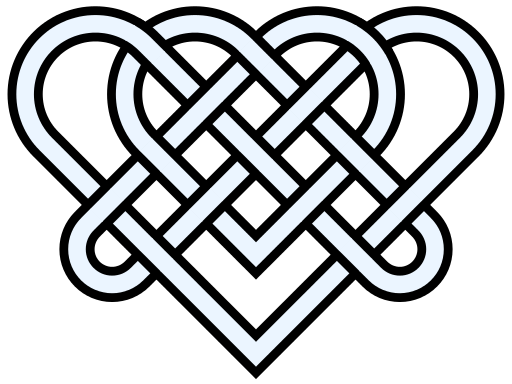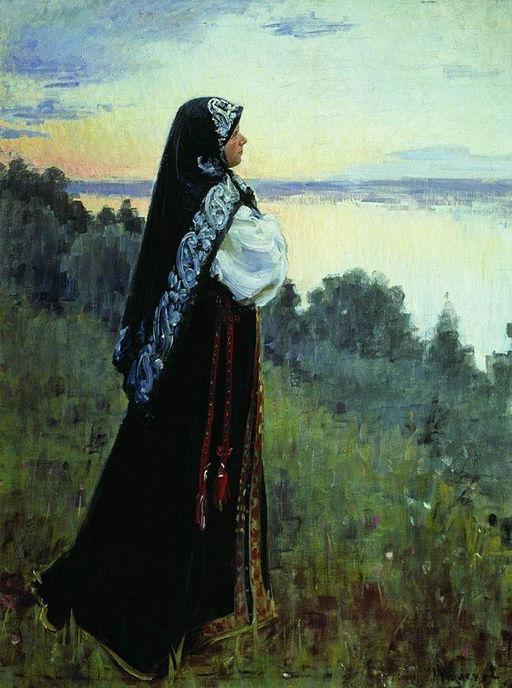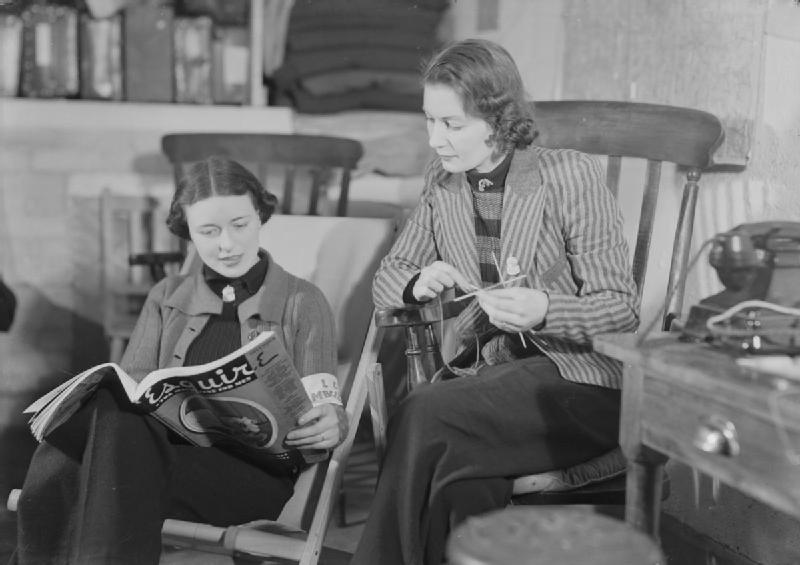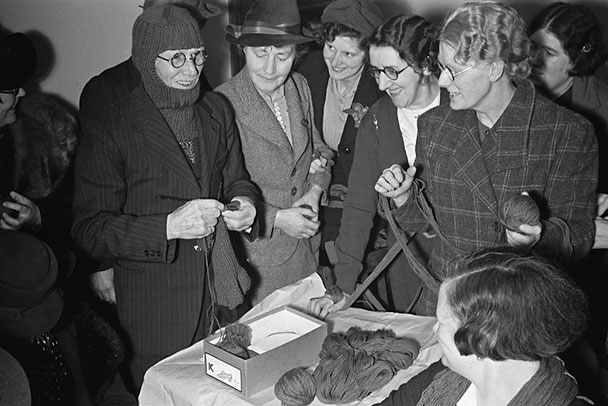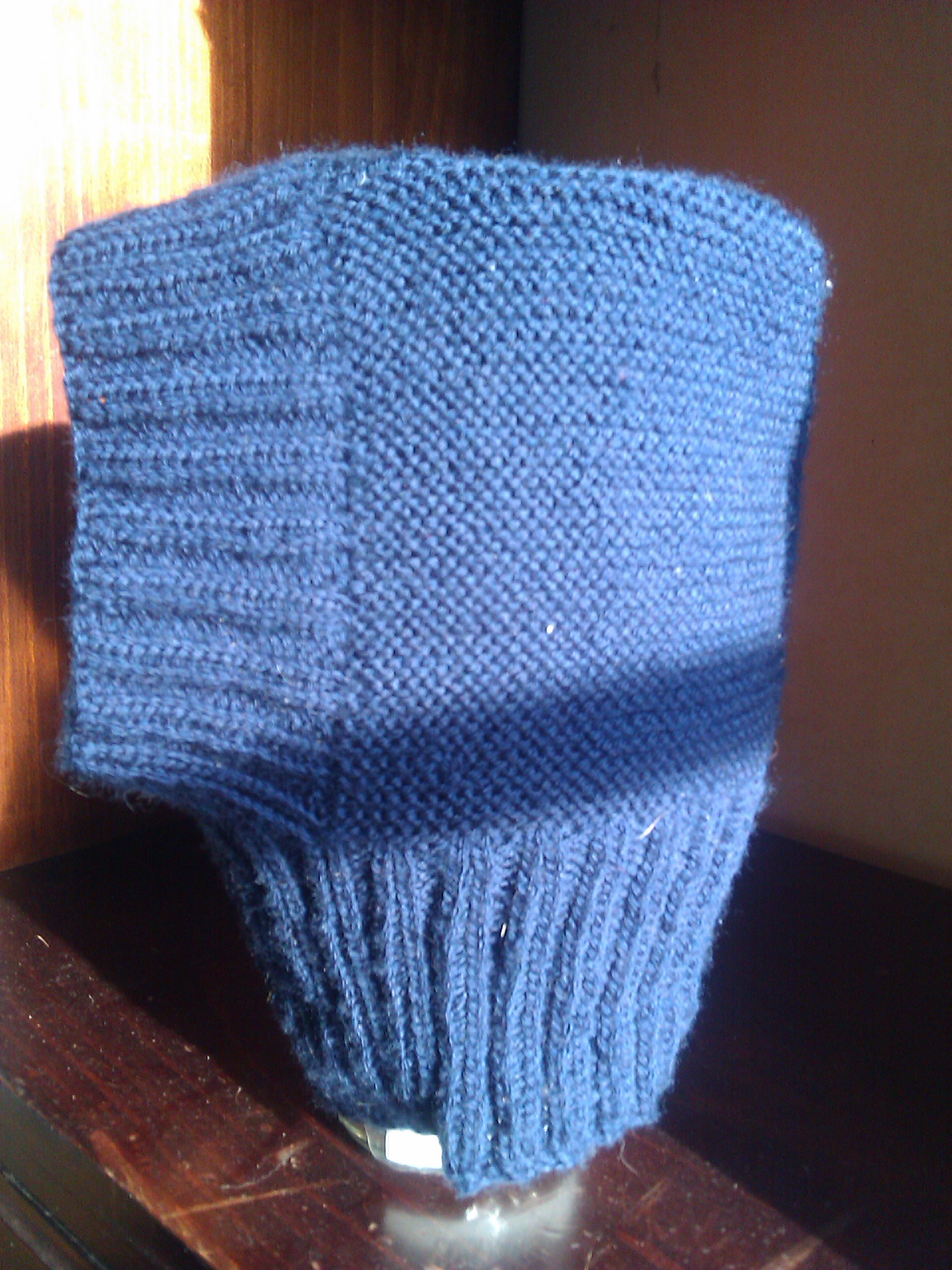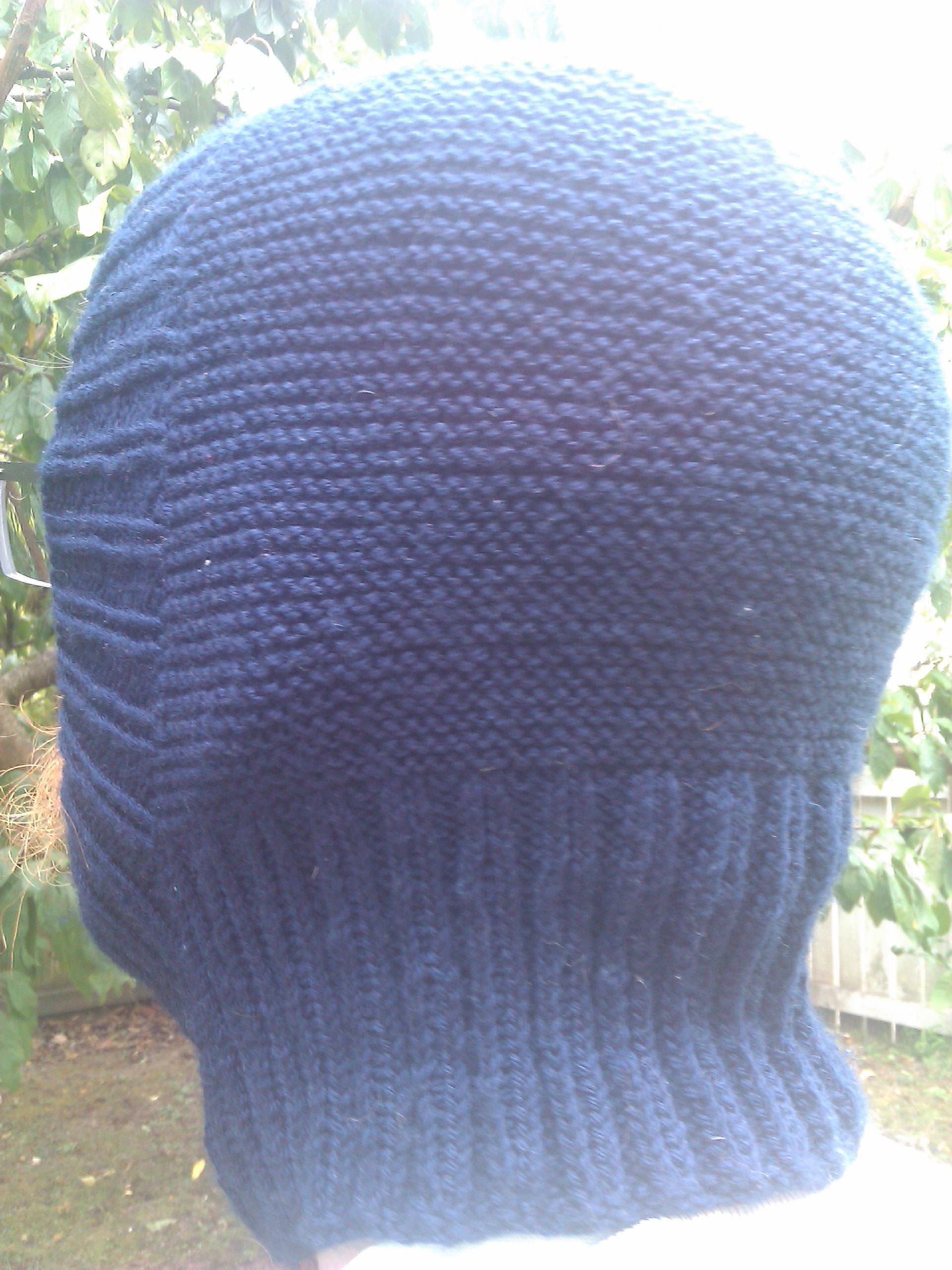Only in love are unity and duality not in conflict.
Rabindranath Tagore
I Have A Dream
I have a dream… a great and far-extending dream.
I dream of a world where people are not trapped on a consumerist treadmill – either as consumers or consumed. A world where everyone has enough, and no-one is weighed down by too much. A world that values quality above quantity. A world where beauty is seen in individuality, both in people and in things. Standardization is an excellent thing in a cup measure but it is not a measure for humans.
I dream of a world in which people are not trafficked to feed the desires of others, whether for cheap goods, sex, or service. A world where the innate dignity of human-ness is respected. A world where sex is a matter of mutual committed love, not a matter of force or a financial transaction.
I dream of a world where people are not treated as interchangeable units, but valued for their individual talents. A world where the educational systems encourage those talents to flourish, so they can be used for the benefit of all, and not merely the profit of one’s employer. A world where everyone has something to do, and can experience the satisfaction of a job well done. A world where work is a right and a blessing, not an onerous burden or a forlorn hope.
I dream of a world where people are rewarded for the value of their work rather than the prestige of it. A world where people are considered of greater importance than efficiency, profitability and wealth. A world where the economy serves the people, not the other way around. A world where governments act in their people’s best interests, rather than compelling the people to act in their government’s best interests.
A world without corruption. A world where the justice systems provide justice, but are not deaf to mercy; a world where sentences are aimed at restoration and rehabilitation, not at retribution and revenge. A world where laws are simple (and few) enough to be understood by all, and founded on fairness and common-sense, rather than the preferences of powerful lobbies.
A world where there is enough food for everyone, food that is healthy both for the people who eat it, and the land which produces it. A world that is tended like a garden, not hunted down like prey. A world where housing, clothing, and all the necessities and joys of life are produced in ways that harm neither the environment nor the people which produce them, nor those people who eventually use them.
I dream of a world where people do not have to risk their lives to seek a better life for themselves or their children; a world where people in need are not smuggled across borders or turned back with violence, but welcomed with open arms and open hands. I dream of a world where the right to live is not conditional on the acceptance of others.
I dream of a world which experiences the peace which is more than the absence of war; a world where even interpersonal conflicts are handled with grace. A world where people are taught the life skills they really need: how to care for themselves and their families, how to manage their resources well, how to have healthy relationships. A world where communities are stronger than corporations.
I dream of a world where people with mental or physical disabilities are not marginalized, dehumanized, or hidden away; but rather treated as human beings just like the rest of us: different, but the same.
I dream of a world where medical systems are not understaffed, overworked, over-prescribing or over-standardized, but able to treat each person individually, taking the time to help them understand the situation and their options, and to be an active participant in their healing rather than the passive undergoer of standardized treatment.
There is more to this dream than I can say, and people have used many different words to try to sum up different parts of it. Lagom. Environmentally friendly. Fair Trade. Boundaries. Open borders. Restorative justice. Abolition.
But I have one phrase which sums this all up for me: the kingdom of God.
The kingdom of God, Jesus said, is like a treasure buried in a field. When a man found it, he sold off everything he had just so he could buy that field, and possess the treasure within it.
And this is a dream that is worth giving up everything for.
I can’t make this dream come true all by myself, I know that. But I can work on the parts of it that are given me to affect, and encourage those who I recognize as working on it too. I really do believe there is nothing more worth doing with the one life given to me.
If something is not worth dying for, it’s not worth living for either, because either way you are giving your life to it.
What dream are you giving your life to?
HSM'15: Behold the Balaclava
There’s a saying floating round the internet: on a scale of one to ‘invade Russia in the winter’, how bad is your idea? Declaring war on Russia in autumn is definitely up the top end of the scale, which made it a fitting beginning for the Crimean War, a campaign so disastrous that a century and a half later it is still a byword for really poor decision-making. (Theirs not to reason why, theirs but to do and die…)
The Crimean War began when the Ottoman Empire declared war on Russia in October 1853 – the Ottoman Empire was weakening, and Russia thought this was an excellent opportunity to expand its borders, beginning by invading Ukraine. (Who says history never repeats?)
Other nations then joined in because – well, lots of reasons, mostly to do with not wanting Russia to get more powerful, or not wanting to lose face. (Oh, the countless deaths in wars fought because of What People Might Think.) Naturally, these were not the reasons given at the time. They seldom are, mostly because if you tell your troops they’re dying for the good of your reputation, they’re unlikely to join in with any enthusiasm.
It was the Crimean War which gave us the Charge of the Light Brigade (which was, remarkably, successful – or would have been if their backups the Heavy Brigade hadn’t realised they were galloping into a deathtrap and retreated) as well as Florence Nightingale (before whose arrival troops were ten times more likely to die of disease than wounds) and the balaclava (named after the Battle of Balaclava, where the aforementioned Charge took place).
Following the Crimean War, the balaclava became a standard part of military headgear, particularly for use in cold climates. During the World Wars, demand exploded, and women were encouraged to knit for the troops. “Knit for Victory”, the World War I campaign exhorted, and by the Second World War, knitting was recognized as an important contribution to the Home Front.
Women knitted at home, during breaks at work, in groups, or even in air-raid shelters, while waiting for the All Clear. The Anglican Church is said to have issued a ruling allowing women to knit during church services (something I still do, as I find keeping my hands busy helps me concentrate).
Socks were particularly in demand – they wore out quickly and needed to be changed more often than most knitted items – but scarves, gloves and balaclavas were also required. Naturally, the only colours allowed were khaki ‘drab’, or two kinds of blue (Navy & Air Force) – which soon lost their appeal for the knitters.
Patterns were issued, including this one – for original visuals, click here and scroll along. (Thanks to the V&A Museum for making these available.)
This was the pattern I used – adapted to a more classic balaclava style by eliminating the front and back flaps which tucked into the uniform, as well as the ear-flaps.
I didn’t take any pictures of the construction, but if you want to visualize it, think of it as an upside-down sock: a section of rib to grip the neck (leg), a section of garter-stitch, then turn the parietal (heel). Except of course no-one needs a toe in their face, so the head-sock finishes with another section of rib around the face (mid-foot).
So this is my latest entry for the Historical Sew Monthly: the Blue Balaclava.
The Challenge(s): Blue and War & Peace
Fabric: dark blue merino 4-ply (Ashford MacKenzie, if you want the details)
Pattern: The Balaclava Helmet from Essentials for the Forces: Jaeger Hand-Knit Series no. 44, courtesy of the V&A.
Year: first half of the 1940s
Notions: none. knitted on circular needles in widths of 3.25mm & 2.75mm, because that’s what I had
How historically accurate is it?: well, I fiddled the pattern, but I’m pretty confident balaclavas in this style (minus ear-flaps and tuck-ins) would have been around at the time – this one, for example.
Hours to complete: I never know. Maybe ten, at a wild guess? When I knit I’m either relaxing, or doing it as a background to something else (reading, DVD, sermon…) so I never watch the clock.
First worn: in March, a day or two after it was finished. It was rather warm on the day itself – definitely too warm for balaclavas. But autumn is now here, and it’s getting a bit more wear.
Total cost: from stash, so officially none. It was part of a ball I’d used for a couple of other small projects. A whole ball (100g) is currently NZD16 – a bit over USD12. Alas, wool is no longer ninepence an ounce as specified in the pattern!
Part of what the Historical Sew Monthly is about is gaining a better understanding of the lives of those who lived before, and in this I cannot help but feel that I have failed. Unlike most if not all of the WWII knitters, I was knitting in peace and comfort, without being plagued by fear for a loved one’s safety, or grief for a loved one lost. Nor was I being bombed.
That’s the sort of thing you really can’t understand unless you experience it, and thank God, I haven’t. I knit my balaclava for a husband who is safely at home, and the cold it will protect him from is the nippy wind of a Wellington winter, not the bone-chilling frozenness of a battlefield (although to be fair, if we’d lived seventy years ago I’m pretty sure he would have been a much-maligned ‘conchie’ – a conscientious objector).
But if reading about the Crimean War and the women left behind in the World Wars has taught me anything, it’s to value peace. Because peace is a lot like breathing freely: you take it for granted – until you get a head-cold. And then you can’t think about anything else, and you’ll do anything that looks like it might help, and you swear you’ll never forget how glorious a thing it is, this breathing freely, this freedom, this peace.
But you do. You forget. We forget. And we mustn’t.

